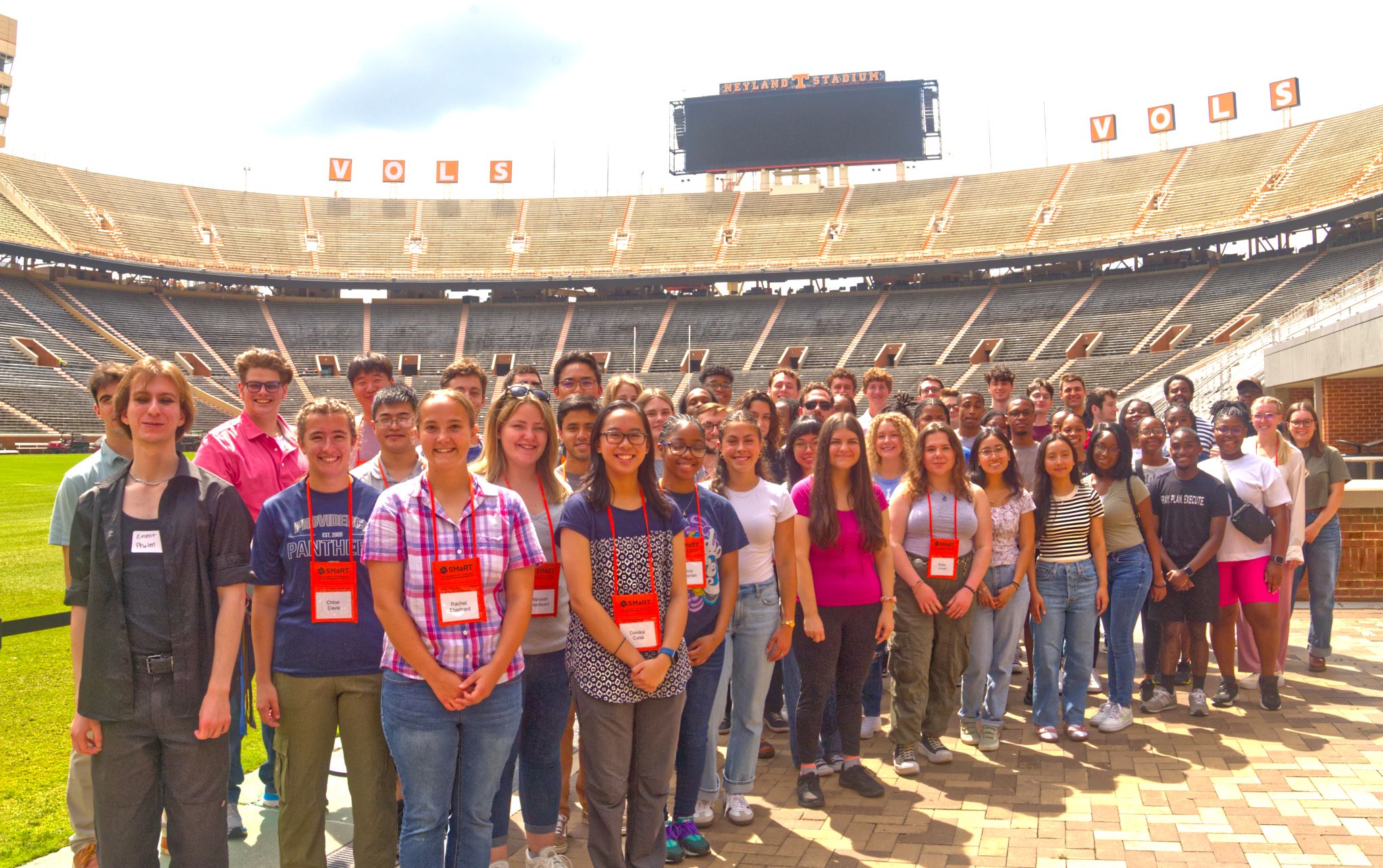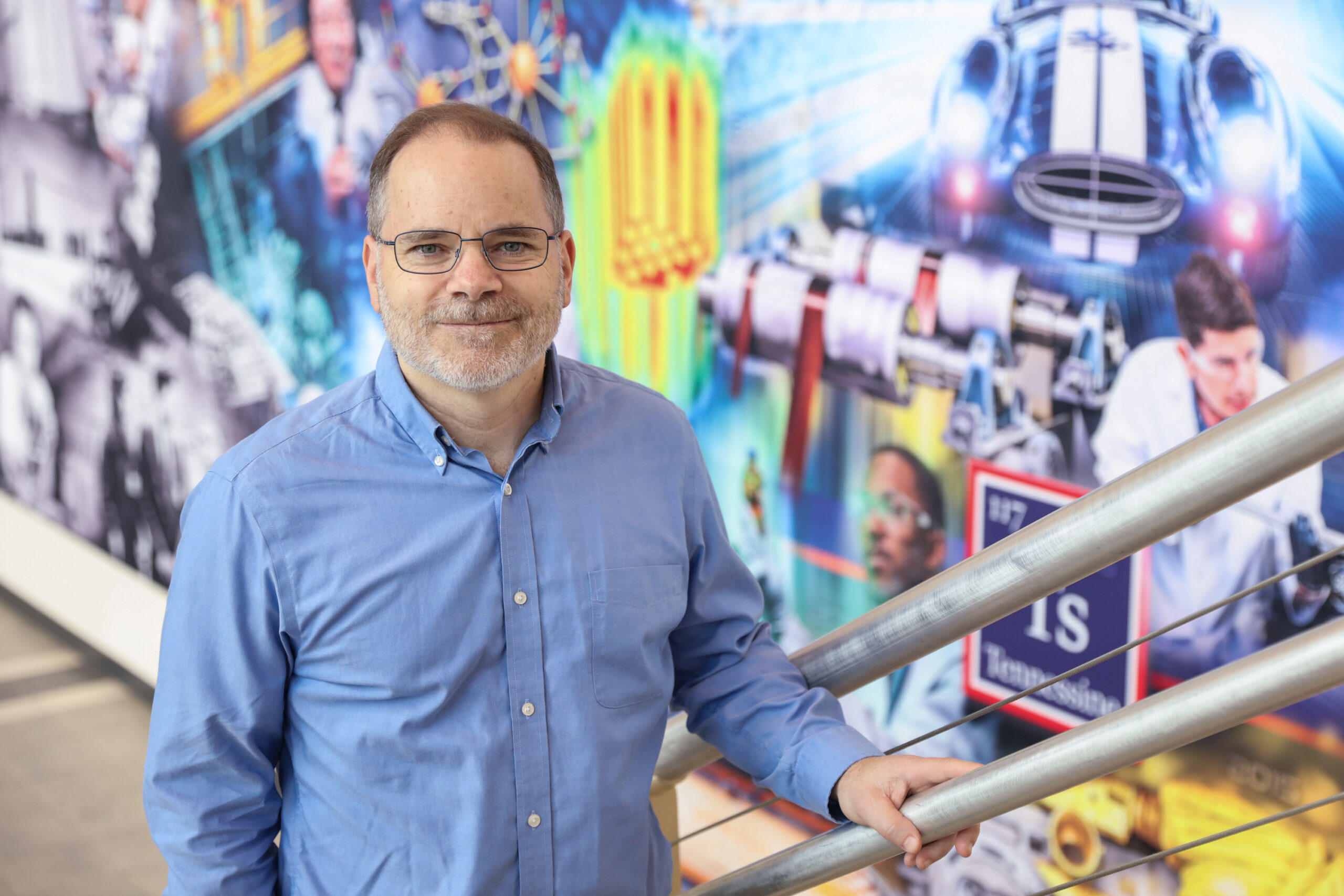Vanshika Singh, a Ph.D. student in Energy Science and Engineering at the UT-Oak Ridge Innovation Institute’s Bredesen Center at UT Knoxville, hopes to work in a national laboratory or in an industry where she can design lower-emission energy systems for high-temperature applications.
“My research revolves around developing novel structural designs for energy systems, like coal-biomass fired power plants, gas turbines, and aircraft engines for improved emissions,” she said. “One of the ideas that I am working on is to introduce complicated air-cooled cooling channels that can be manufactured only via additive manufacturing.”
For the improved life of components operating under high temperatures of ~800 ᵒC in gas turbines, novel integral cooling channels are required. These passages must be printable and concurrently reduce the bulk temperature of the component for longer life. For inspiration on how to do that, she’s looking at nature, and how it can influence change in geometry and material design space for critical components. She is looking into introducing different-sized roughness in the component.
Singh plans to use metal-based additive manufacturing, or 3D printing, to create these novel structures.
Singh was born in Varanasi, an ancient city in northern India, and was raised in New Delhi. Her father has worked in the polymer manufacturing industry for more than 25 years.
“I have always been exposed to machinery exhibitions, and I spent my childhood playing with mechanical tools. So, for my siblings and me, (this field) came as a natural choice.”
“Four out of five of my core family members have bachelor’s degrees in mechanical engineering,” she said. “My sister is a data scientist. My brother is pursuing a Ph.D. in robotics and automation, and my brother-in-law is pursuing a Ph.D. in data sciences.”
Singh earned a bachelor’s degree in mechanical and automation engineering from the Indira Gandhi Institute of Technology in New Delhi. After that, she completed a three-year leadership program at General Electric Aerospace.
Working at GE Aerospace made her realize how much she loved designing engine components that could transform the industry.
“There is an ocean of opportunities in the field of complex structural design and advanced manufacturing,” she said. “I am pretty sure that additive manufacturing has and will continue to revolutionize the manufacturing industry. … and I always wanted to be a part of this process.”
She said she chose to study in the U.S. because “it is way ahead in terms of research, education system, and resources” while also being very welcoming to nonimmigrant students. The Bredesen Center appealed to her because it brings together the people and resources of ORNL and UT — two institutions at the forefront of additive manufacturing technology.
“As a student, getting to work with the researchers and professors at the Manufacturing Demonstration Facility has been my main point of attraction,” she said.




